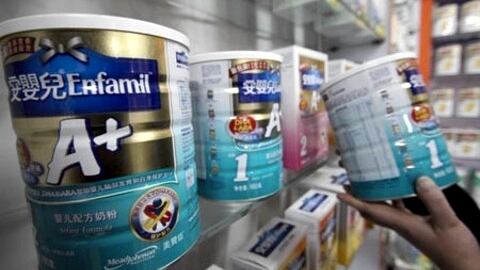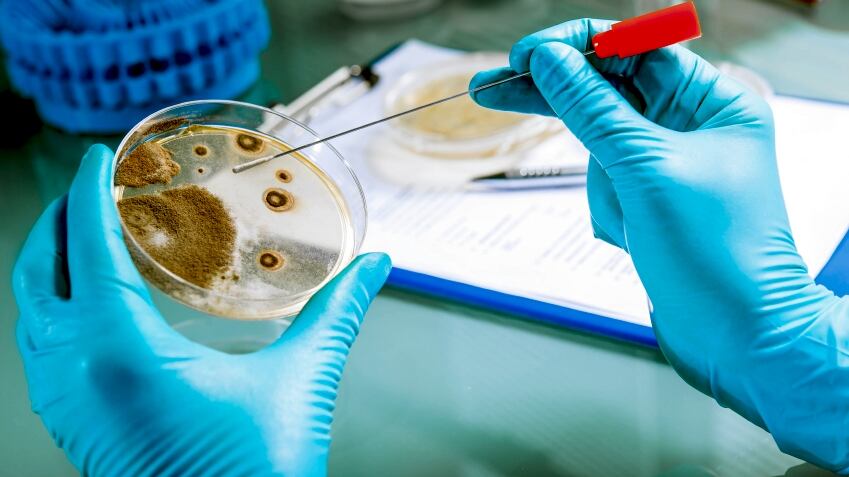According to a newly released report, the evolution in tastes and wealth of wine’s Chinese consumer base has been central to a recent turnaround in demand for imports.
Marc Soccio, Rabobank senior analyst and author of the report, said the Chinese market had substantially changed in terms of how wine is being marketed, bought and enjoyed. Until recently, imports of wine were traditionally used to cater for demand mostly from government officials and corporate high-flyers.
"With much of the market previously centred on business and government entertainment, we’ve recently seen a significant shift in the way wine is distributed, purchased and consumed in China,” Soccio said.
“There is now a shift towards a younger retail consumer who is looking to engage more intently with the wine category, displaying a thirst for foreign wine culture and education. They are also much more willing to purchase wine for their own personal and social consumption, rather than as a gift, as older generations have done.”
With the end of 2015 came a remarkable resurgence in wine imports, firmly re-establishing China as one of the most dynamic growth engines of global wine trade.
The country had been considered a market of immense potential until 2012, when Beijing announced it would clamp down on the purchases of luxury goods by epicurean-minded officials, including wine. By doing so, President Xi had set out to make a dent in official corruption, though his policy also succeeded in stalling demand for imported wines almost overnight. The malaise was exacerbated by a rapid slowing of Chinese economic growth.
Following the re-emergence of the wine market in 2016, import volumes are now a third higher than in the Canadian market, which only five years ago was bigger than China’s by roughly 20%. Though average annual growth in import volumes has slowed significantly in recent years, they remain at elevated levels, especially for a market the size of China.
"Consumers are showing a growing preference for imported wines, which are expected to represent roughly a third of the 150m cases of still wines to be sold in 2016," Rabobank found. "Sales of imported wines continue to grow and build on the market share they captured during the market downturn."
At the same time, the country has taken strides to become a serious wine-producer, though it still faces challenges in terms of limited vineyard resources, high production costs and complicated supply-chain management. As a result, its leading wine companies continue to rely heavily on foreign-sourced wines to blend into their products to deliver the volume and quality required by the market.
To cater for their bulk wine demand, China Foods has purchased operations in both France and Chile; Changyu has invested in France and more recently in Spain; while relative newcomer Wei Long has recently unveiled plans to establish its own production base in Australia.
Fuelled by highly connected shoppers, Chinese e-commerce sales growth has been impressive, the Rabobank report said. This was reflected through the results of Alibaba's “Single’s Day” promotion on November 11, whereby sales across all consumer categories hit US$17.8bn, up from US$14.3bn in the previous year and just US$9.3bn in 2014.
“The average age of subscribers to Alibaba’s business to consumer sales platform, Tmall, is just 27, making this an important platform to engage with younger consumers," Soccio said. "This is just one example of a platform that has been hugely effective at directly connecting wine companies and wholesalers with budding consumers.”
He added that on top of providing a “growing route to market”, sites like Tmall are also acting as important tools with which wine companies can set and signal market prices. At a time when e-commerce is ultimately acting to deliver better pricing and convenience to consumers, he warned that such platforms are based on an evolving science that can be challenging for wine companies to navigate.
According to the Rabobank analyst, Chinese recent consumer wine trends are providing stronger foundations on which current and future market growth will be built.
“Demand appears to be well-supported by the way in which younger and increasingly affluent Chinese consumers are gravitating to wine and wine culture, which is particularly benefiting foreign brands in the market,” Soccio said, adding that China is a still market that is very much in transition, even if it has become more settled.
“With the recent evolution of the market, Chinese wine consumers have become much more price sensitive and value orientated than in the past, and this has seen bottled wine imports experience a noticeable shift downmarket,” Soccio said.
Lower-value offerings have been experiencing higher growth, he added, and this has resulted in suppliers from Spain, Chile and Italy establishing a stronger presence in the market.
France and Australian wines, meanwhile, continue to play a dominant role in the Chinese market, commanding over 55% of its volume and 70% of the value of bottled still-wine imports.
More stories from China…
Domestic formula companies floundering amid stiff competition
With more than 100 infant milk powder manufacturers and thousands of brands having opened for business in the last 30 years, overcrowding in the segment appears to have hit Chinese businesses hard.

In the last year, the sales revenues for China’s top five homegrown suppliers registered at less than than 30% of the entire market, far below the rate of 80%-90% in developed countries, according to one analysis of the industry.
This is at a time when imported formula brands are in hot demand among newly wealthy parents taking advantage of the relaxation of China’s one-child policy. Last year, the overall formula market was calculated to be worth US$10bn by Euromonitor, led by overseas brands such as Nestlé and Mead Johnson.
Yet domestic milk powder makers had dominated the Chinese market before a melamine scandal in 2008, when the biggest manufacturer at the time, Sanlu, was found to be adding an industrial chemical to its products following the death of six babies and illness of 300,000 infants.
The drop in consumer trust that followed brought opportunities for foreign brands. By the end of 2013, the market share of domestic formula had slid to 46%, a report by auditing firm KPMG showed, especially with major players facing declining sales of middle-quality infant formula. Over the last year, some companies have begun to hurt.
Biostime, a Guangzhou baby products major which in December completed its buyout of Australian vitamin-maker Swisse, saw its sales drop by 3.3% over the first three quarters of 2016, mainly due to declining sales of middle-quality infant formula milk powder products, according to the company.
And Shenzhen-listed Beingmate, one of China’s largest baby milk powder producers, has suffered two consecutive years of revenue declines. Last year, it reported a 10% drop in sales following a net income slump of 90% in 2014.
Meanwhile, the requirement for foreign formula brands to get official approval to use cross-border e-commerce has been extended to 2018, piling more misery on local manufacturers.
One of the most popular ways for overseas companies to export unregistered products to China at a low rate of duty, the e-commerce route was responsible for US$86bn in overall goods sales in 2015, according to EMarketer, from US$57bn.
By 2020, half of China’s digital shoppers—or more than a quarter of its population—will be buying foreign products online, the analyst estimates, with total sales worth US$158bn.
Intense competition within China's infant milk powder industry has led to a race to the bottom, with “many” manufacturers being forced to use “low-quality materials or add illegal ingredients to reduce costs, frequently causing safety events in the industry,” according to Research & Markets.
To address continuing concerns over the quality of domestic formula the government has been busy reinforcing regulations governing infant milk powder manufacturers. In the last year, for instance, it has officially regulated the registration process for products, while a notification enforced from January limits each milk-powder manufacturer to three categories of infant formula, with a maximum of just three lines per category.
This means that companies with more than nine products have only a year to clear their inventories, though precise details are yet to be confirmed. Last year’s draft notification began an industry-wide de-stocking and forced downward pressure on prices.
Though officials have been raising the barrier to entry to the industry, Research & Markets predicts that it is virtually impossible for the domestic industry to solve its quality issues completely.
Chinese president talks tough about food safety plans
President Xi Jinping said that China could not be too rigorous in promoting food safety, as the government set out its plans to impose “the strictest supervision” and increase penalties for offenders.

"Improving food safety concerns the health and life of more than 1.3bn people in China, and we can never be too strict on the issue," the president said at a meeting of the Food Safety Commission of the State Council, China's Cabinet, last week.
As he acknowledged the scale of the problems that still remained, Xi also urged officials to strive for to "the strictest standards" and penalise companies with a poor safety record more severely. He also announced a new team of dedicated food safety inspectors.
Echoing his boss, premier Li Kegiang urged regional governments to monitor their local food chains and improve supervision. Improving safety should start at grassroots level and be backed up by suitable penalties and investigative resources, as a time when many Chinese inspection labs lack adequate capacity for testing.
A mainstay of concern in China, food safety once again come top of a Tsinghua University poll of the 10 safety issues that most worried people last year.
Yet officials believe that China has witnessed some improvements since it adopted a revised food safety law in 2015. Official testing shows that almost 97% of samples met official standards after the revisions were announced—an increase of two percentage points over the previous year.
Zhang Gaoli, head of the Food Safety Commission of the State Council, said China's food safety situation is stable in general but at the same time still challenging and complex.
Zhang, who is also a vice-premier, urged officials to adopt strict measures to fight irregularities and consider the application of criminal punishments in cases of food adulteration and fake food products.
